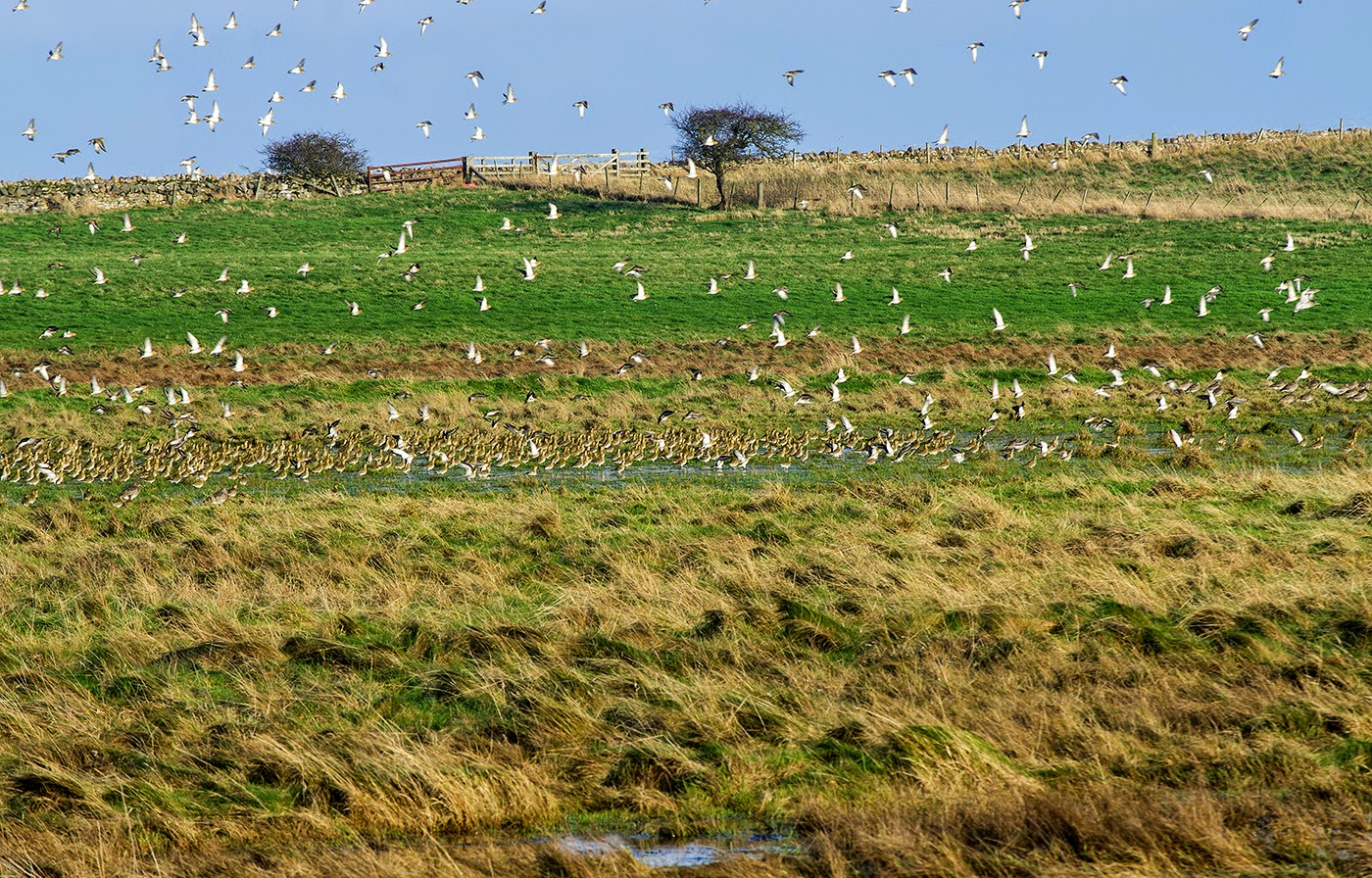24th December
As the sun sets on another year at the Reserve we wish a Merry Christmas & Happy New Year to all our visitors and followers
The NNR Team
Wednesday 24 December 2014
Friday 19 December 2014
19th December: Goodbye to the Snook sheep
The flock of 22 sheep that have been grazing the Snook since September have now left the Reserve for the winter. It was an early start to make sure the sheep were safely rounded up into the trailer and off the Reserve before the tide came in.
This flock have really grazed the dunes well, ensuring the sward will be in top condition for rare plants such as the Lindisfarne helleborine and other orchids to flourish in the summer of 2015.
A final look at the amazing impact the sheep have made to the vegetation this year:
The sheep being rounded up by Jess
This flock have really grazed the dunes well, ensuring the sward will be in top condition for rare plants such as the Lindisfarne helleborine and other orchids to flourish in the summer of 2015.
A final look at the amazing impact the sheep have made to the vegetation this year:
Look at the difference between the grazed area on the right and the rank vegetation, just after moving the fence slightly to the left.
Before grazing
After grazing
Thursday 18 December 2014
18th December: The Window on Wild Lindisfarne through the year
One of the Reserve's volunteers, Richard, regularly visits the Window on Wild Lindisfarne - WoWL for short - to inform visitors to the building about the work of Natural England on the NNR and what we do to conserve the special habitats here. He has very kindly written a look back on his time spent at the building during 2014:
Thanks Richard for the insight into a year at the Window on Wild Lindisfarne. Richard is also a keen photographer and has kindly sent us these shots of a flock of Golden Plover taken at the WoWL.
The Reserve team say a huge thanks to Richard and to the rest of the "WoWL guides" for all the hours put in so far, providing an invaluable information source to visitors.
"My first full year of volunteering in the WoWL is
coming to an end and here is a look back.
As an international attraction Lindisfarne attracts visitors from
round the world. I have spoken to people from every continent but the prize for
the longest travelled visitors goes to a family from Howick, New Zealand!
The type of visitor is very varied
- the professional birder, the
day tripper who is pleased to be shown the common birds, friars on retreat and large numbers of school
children. They take delight in the colourful close ups of birds such as the
teal that the telescope affords.
As for the wildlife, the scrapes haven't had any
rare visitors but good numbers of teal, lapwing, redshank, dunlin, bar-tailed
godwits, mallard, curlew, black-headed and herring gulls, oystercatchers and starling. There was as a small group of
black-tailed godwit for many weeks and usually at least one grey heron. The
elusive snipe was found on a few occasions after careful searching with the
scope. On the high tide the harbour dark-bellied Brent geese come to the scrapes along with hundreds of golden plover. A kestrel - the same? - often quarters the fields but no sign of any
short-eared or other owls. In summer the swallows and martins swoop down to
drink in the pond by the window -much to the visitors' delight and frustration
as they try to take pictures. Starlings
nested in the gaps between the stones of the building. My highlight was not a birding one but the stoats.
In winter a stoat in ermine ran around rocks in the field and in summer one
circled the window pond for many minutes."
Thanks Richard for the insight into a year at the Window on Wild Lindisfarne. Richard is also a keen photographer and has kindly sent us these shots of a flock of Golden Plover taken at the WoWL.
Golden plover (Richard Poyer)
The Reserve team say a huge thanks to Richard and to the rest of the "WoWL guides" for all the hours put in so far, providing an invaluable information source to visitors.
Sunday 7 December 2014
7th December: Seagrass beds - special underwater footage
Natural England, with the help of Northumberland IFCA staff, have been surveying the extensive seagrass beds of Lindisfarne National Nature Reserve. This included the chance to capture some fantastic footage of seagrass under the waves while the tide was in and covering the mudflats around Holy Island.
The seagrass beds here are the most extensive in the North East, and an integral part of the Reserve. Watch the mesmerising video below to see for yourself just how extensive the beds are.
Subscribe to:
Posts (Atom)


